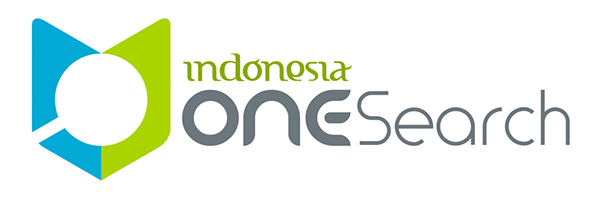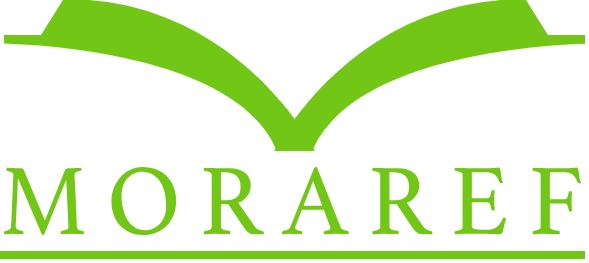Pengaruh Lingkungan Kerja dan Motivasi Terhadap Kinerja Karyawan Melalui Kreativitas Karyawan Pada Distrik I PT. Perkebunan Nusantara III
Abstract
This research aims to analyze the Effect of Work Environment and Motivation on Employee Performance through Employee Creativity in District I PTPN III. To answer this problem we conducted research on 242 employees. The method used is quantitative research looking at Multiple Linear Regression analysis with the formula Z = α + β1x1 + β2x2 + Y. The data used are primary data through filling out questionnaires and secondary data through documentation studies. The results showed that the variables of Work Environment and Motivation simultaneously had a positive and significant effect on Employee Creativity. Work Environment and Creativity variables simultaneously have a positive and significant effect on Employee Performance. While Motivation and Creativity have a positive and significant effect on Employee Performance in Serdang I District PT. Nusantara Plantations III.
Keywords
Full Text:
PDFReferences
Annual Report. 2018. Meningkatkan Kinerja Melalui Transformasi Bisnis. Medan. PT Perkebunan Nusantara III
Annual Report. 2018. Membangun Demi Pertumbuhan Berkesinambungan. Medan. PT Perkebunan Nusantara IV
Bernardin, H. John &Joyce, E.A. Russel, 2013. Human Resource Management an Experiential Approach 6th Edition. New York: McGraw- Hill.
Christhofer & Kesumawatie M. I. 2015.Pengaruh Teori Dua Faktor Frederick Herzberg Terhadap Kepuasan Kerja Karyawan di Perusahaan Ritel Infinite Apple Premium Reseller Surabaya. Media Mahardhika Vol. 13 No. 3 Mei 2015
Dessler, Gary. 2013. Human Resource Management. England, Pearson Educated Limited. P. 30
Mangkunegara, A.A. Anwar. P. 2014. Manajemen Sumber Daya Manusia. Penerbit PT. Remaja Rosdakarya. Bandung
Jeky K R Rolos, Sofia A P Sambul, Wehelmina Rumawas. 2018, Pengaruh Beban Kerja Terhadap Kinerja Karyawan Pada PT. Asuransi Jiwasraya Cabang Manado Kota. Jurnal Administrasi Bisnis Vol. 6 No. 4 Tahun 2018 ISSN:2338-9605.
Robbins, S. P and Judge, T.A. 2015.Organizational Behavior 16th Edition. Pearson International
Bousinakis, D., & Halkos, G. (2021). Creativity as the hidden development factor for organizations and employees. Economic Analysis and Policy, 71, 645–659. https://doi.org/10.1016/j.eap.2021.07.003
Ferreira, J., Coelho, A., & Moutinho, L. (2020). Dynamic capabilities, creativity and innovation capability and their impact on competitive advantage and firm performance: The moderating role of entrepreneurial orientation. Technovation, 92–93(November 2018), 102061. https://doi.org/10.1016/j.technovation.2018.11.004
Kim, M., Koo, D. W., & Han, H. S. (2021). Innovative behavior motivations among frontline employees: The mediating role of knowledge management. International Journal of Hospitality Management, 99(February), 103062. https://doi.org/10.1016/j.ijhm.2021.103062
Soliman, M., Di Virgilio, F., Figueiredo, R., & Sousa, M. J. (2021). The impact of workplace spirituality on lecturers’ attitudes in tourism and hospitality higher education institutions. Tourism Management Perspectives, 38(May), 100826. https://doi.org/10.1016/j.tmp.2021.100826
DOI: https://doi.org/10.5281/zenodo.11256460
Refbacks
- There are currently no refbacks.
Copyright (c) 2024 Helmi Akbar

This work is licensed under a Creative Commons Attribution-ShareAlike 4.0 International License.
ISSN : 3025-6704

.png)





